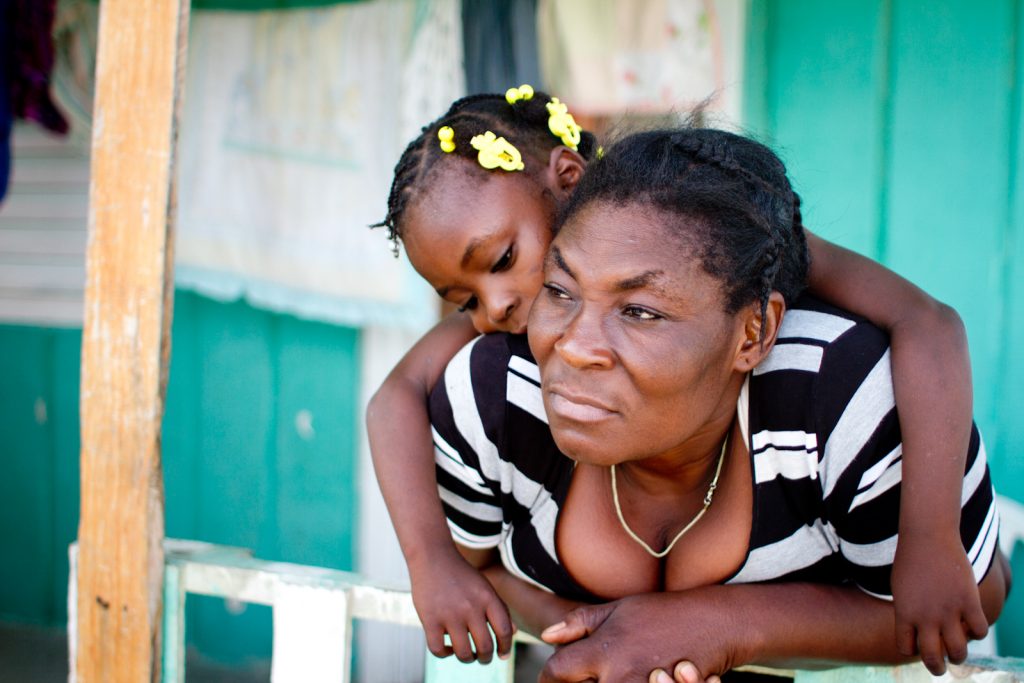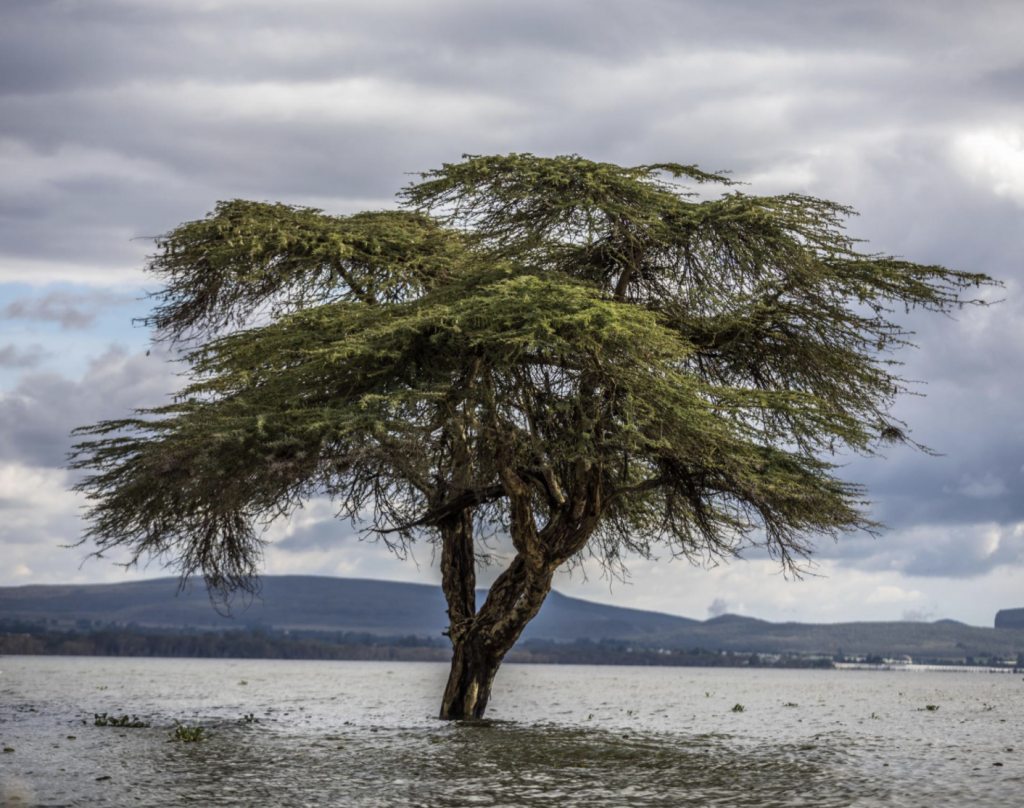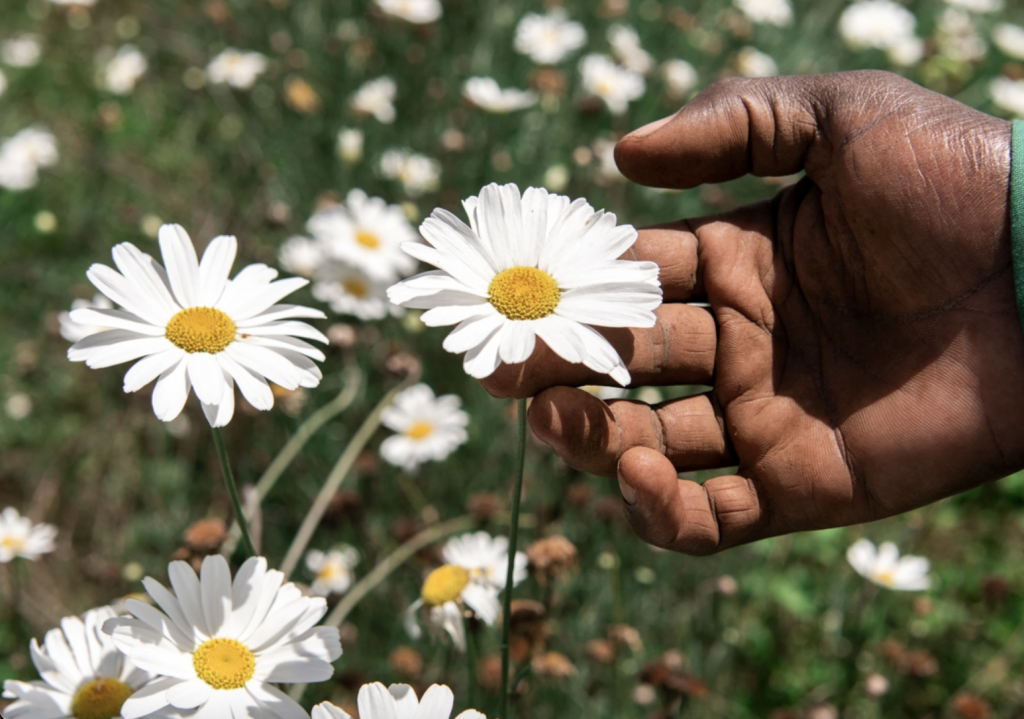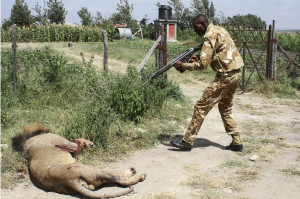Berlin’s Humboldt Forum is reigniting a debate over who has the right to own and display Africa’s heritage.
Read: English / German / Spanish / Português

In Haiti and the Dominican Republic, the lakes are flooding farmland, swallowing communities and leading to deforestation, baffling climate scientists.

Jacob Kushner
Story and photos by Jacob Kushner for National Geographic
As dawn breaks, nine Kenya Wildlife Service rangers dressed in camouflage and brandishing rifles assemble at an airstrip. They are equipped with a Cessna, a helicopter, and a caravan of Toyota Land Cruisers. Their mission: find, tranquilize, and collar Tsavo’s savanna elephants to see how well they traverse a new rail line that has recently split their habitat in two. It is the first time in history that elephants are being collared specifically to study how they interact with human infrastructure.


Floods and the economic fallout from COVID-19 are pitting hungry fishermen against hungry hippos—with deadly results.
Read: English | Spanish | Portuguese
Photos by Brian Otieno.

Pyrethrum contains a potent chemical that is made into an environmentally friendly insecticide. Photos by Vito Fusco
GILGIL, KENYA–The deadliest flower in the insect world is soft to the touch. Each morning in the hills above Kenya’s Great Rift Valley, the white petals of the pyrethrum plant become laden with dew. To the people who pick them, the flower is utterly harmless. But bugs beware: Its yellow center contains a natural toxin that can kill them in seconds.
Read: National Geographic

A Kenya Wildlife Service ranger shoots Mohawk lion after he injured a person. Mohwak left Nairobi National Park and wandered south into the town of Isinya.
PHOTOGRAPH BY AFP/GETTY
NAIROBI, KENYA — First, a lioness ventured into the city as a decoy to draw officials away from her cubs that were lost in an army barracks.
Then, just weeks later, a pride of six lions breeched a fence into a pasture killing as many as 120 goats and sheep. One lion lost his bearings and ended up on a major highway, injuring a man before finding his way back into Nairobi National Park, located adjacent to Kenya’s capital city.
Now, this week, a popular lion named Mohawk ventured some 20 miles (32 kilometers) south of that park only to be surrounded and harassed by onlookers. When he responded by attacking one of them, he was shot and killed by park rangers.
Why are so many lions leaving Nairobi National Park? Read the full story at National Geographic
At Lake Naivasha, Kenya, floods and the economic fallout from COVID-19 are pitting hungry fishermen against hungry hippos—with deadly results.
Preliminary photography for National Geographic. Feature story: Human-hippo conflicts are exploding in this pristine patch of Kenya.